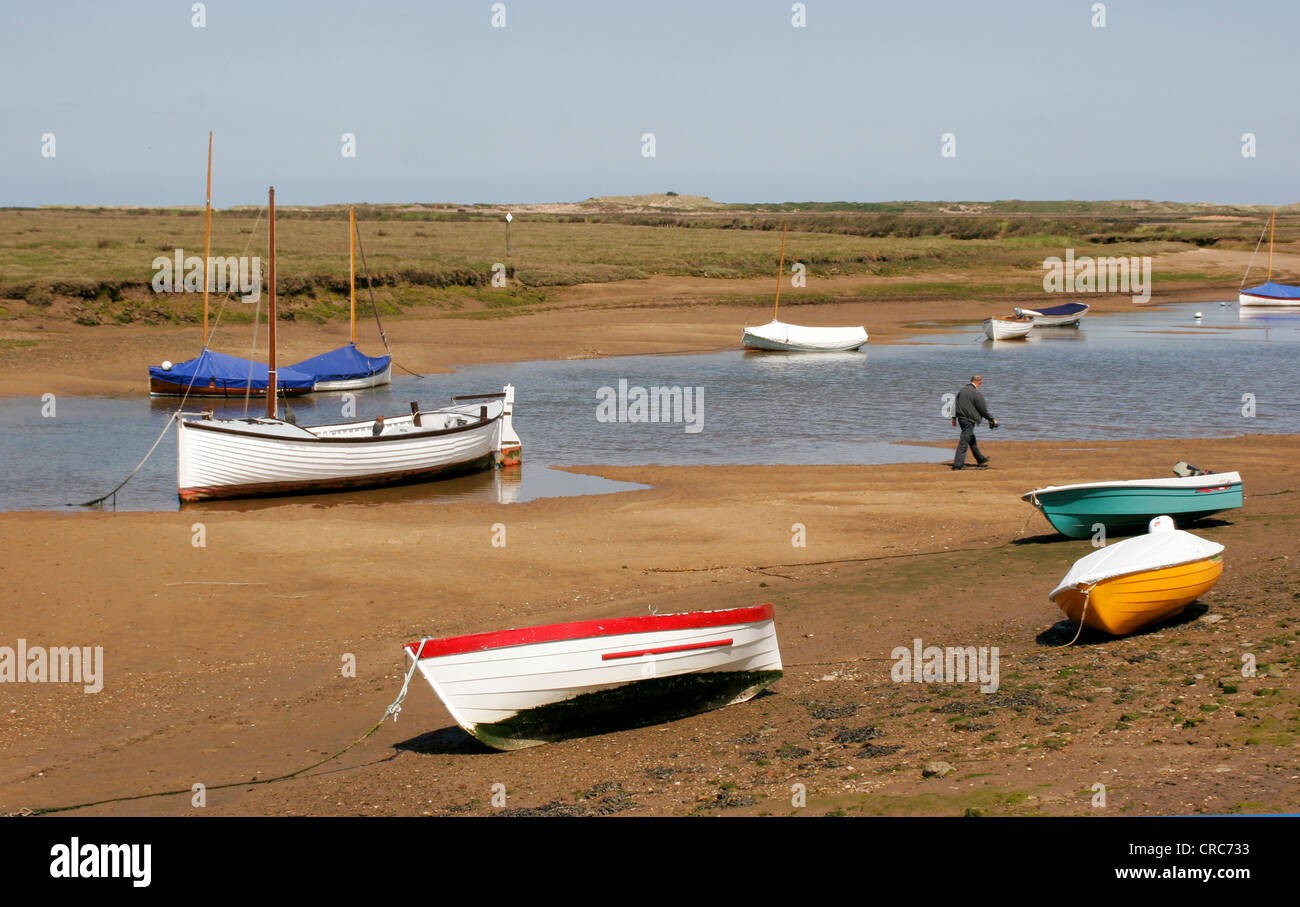
Boating is a beloved pastime for many, offering both relaxation and the thrill of adventure. However, low water conditions can present unique challenges, requiring boaters to adapt their techniques to ensure both safety and enjoyment. Whether caused by droughts or seasonal changes, operating a boat in low water demands heightened awareness and skill. Here are some essential tips to help you navigate through shallow waters with confidence.
Plan Ahead
Before heading out, take the time to research current water levels in your area. Many local resources and apps provide updated information on water conditions and potential hazards. Knowing the depth of the body of water you will be navigating can help you plan an appropriate route and avoid unexpected obstacles.
Adjust Your Load
Reduce the weight of your boat wherever possible. A lighter vessel sits higher in the water, which can make a significant difference when navigating shallow areas. Remove unnecessary equipment and redistribute the remaining load evenly to avoid listing, which can affect your boat's draft.
Know Your Draft
Understanding your boat’s draft—the minimum depth of water needed for the boat to float without touching the bottom—is crucial in low water conditions. Before you embark, ensure you know this measurement and keep it in mind throughout your trip.
Slow Down
Operate at a slower speed in shallow water. This gives you more time to react to obstructions and can prevent damage to your boat if you do happen to run aground. Slower speeds also reduce the wake, minimizing environmental impact and the risk of stirring up sediment.
Use a Depth Finder
Invest in a reliable depth finder or fishfinder with depth information capabilities. These devices can alert you to sudden changes in underwater topography, giving you a chance to adjust your course and avoid hazards.
Chart Your Course
Utilize nautical charts to familiarize yourself with the area's topography and known hazards. Paper charts and digital tools like GPS devices can be invaluable, providing visual markers of potential trouble spots like sandbars, submerged rocks, and other obstacles.
Utilize Lookouts
Having an extra set of eyes on board can be tremendously helpful. Assign a crew member to watch for submerged obstacles and shallow patches of water. This person should be positioned appropriately to have a clear view of the water ahead.
Practice Good Boating Etiquette
Respect the environment and other water users by avoiding unnecessarily shallow areas that can disturb habitats or damage ecosystems. Be especially mindful of areas designated as no-wake zones and adhere to speed limits and regulations.
Prepare for Emergencies
Be ready for the possibility of running aground. Stock your boat with essential emergency gear, including a boat hook and paddles, to help you maneuver off unexpected shoals. Make sure your communication devices are functional and you have a way to call for assistance if needed.
Stay Informed and Flexible
Keep an ear out for local notices to mariners or updates from authorities about changing water levels and conditions. Being flexible and ready to change your plans based on this information is crucial for a safe boating experience.
Conclusion
Operating a boat in low water conditions requires preparation, caution, and respect for your environment. By following these tips, you can enhance your safety and enjoyment on the water, all while preserving the natural beauty of our waterways for future generations. Safe boating!